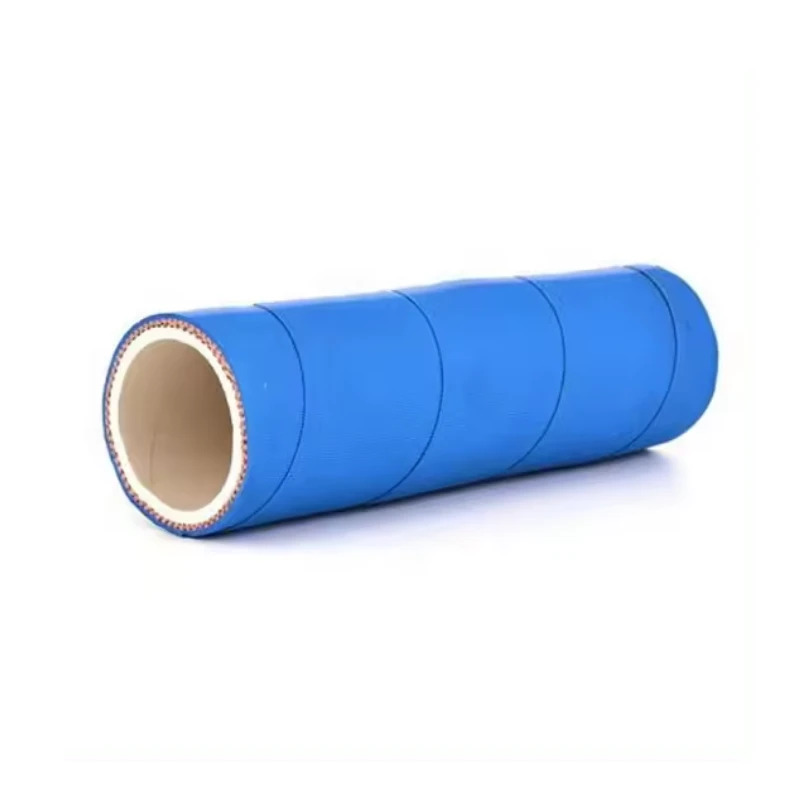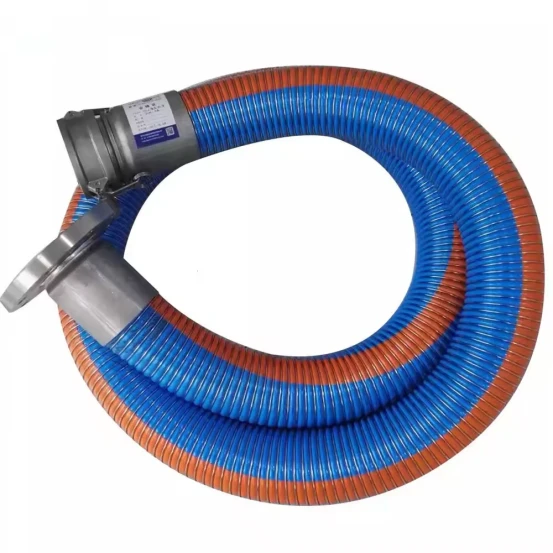Q: What is a 3mm vacuum line used for?
A: A 3mm vacuum line transfers air or fluids in low-pressure systems. It's commonly used in laboratory equipment, automotive applications, and medical devices. The small diameter suits precise fluid control.
Q: How does 3mm silicone vacuum hose differ from rubber hoses?
A: 3mm silicone vacuum hose offers better heat resistance (-60°C to 200°C) and chemical stability. Unlike rubber, it resists kinking and maintains flexibility in extreme conditions. Silicone is preferred for food-grade and medical applications.
Q: Can I replace a 3mm vacuum hose myself?
A: Yes, replacement requires cutting to length and securing with hose clamps. Ensure compatibility with your system's pressure range (typically 0-30 psi). Always check for leaks after installation.
Q: What devices typically require 3mm vacuum tubing?
A: Common applications include 3D printer extruders, aquarium air pumps, and vacuum pumps. It's also used in analytical instruments like mass spectrometers and automotive brake boosters.
Q: How to prevent 3mm vacuum line collapse?
A: Use reinforced silicone hoses with polyester mesh layers. Maintain vacuum pressure below the hose's rated capacity. Avoid sharp bends that create stress points.
Q: Where to buy food-grade 3mm vacuum tubing?
A: Look for USP Class VI or FDA-compliant silicone hoses from industrial suppliers. Specialized aquarium stores and medical equipment providers often stock these. Verify certifications before purchase.
Q: What's the lifespan of a 3mm silicone vacuum hose?
A: Properly maintained hoses last 2-5 years. Exposure to ozone, UV light, or harsh chemicals reduces longevity. Regular inspections for cracks or discoloration help prevent failures.














